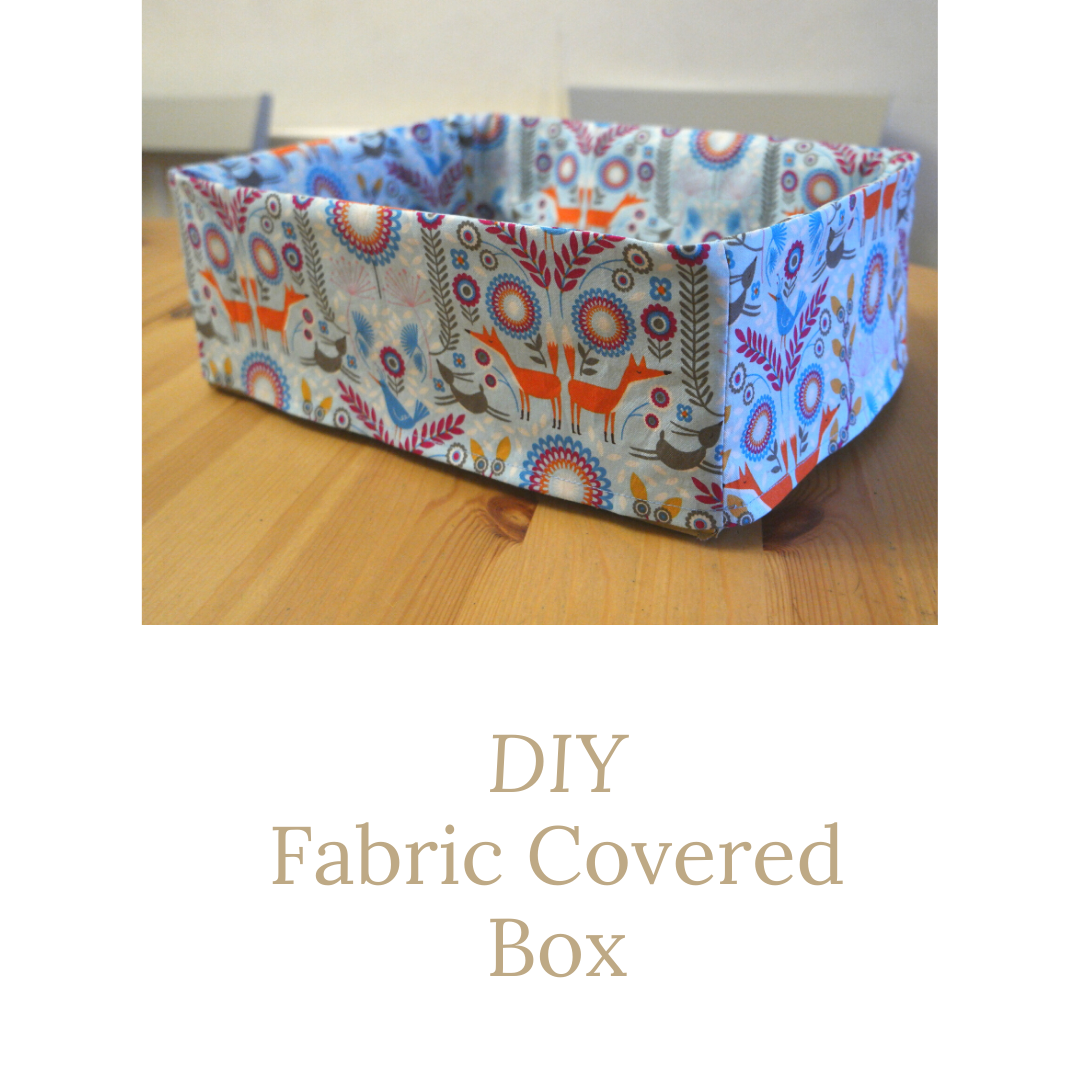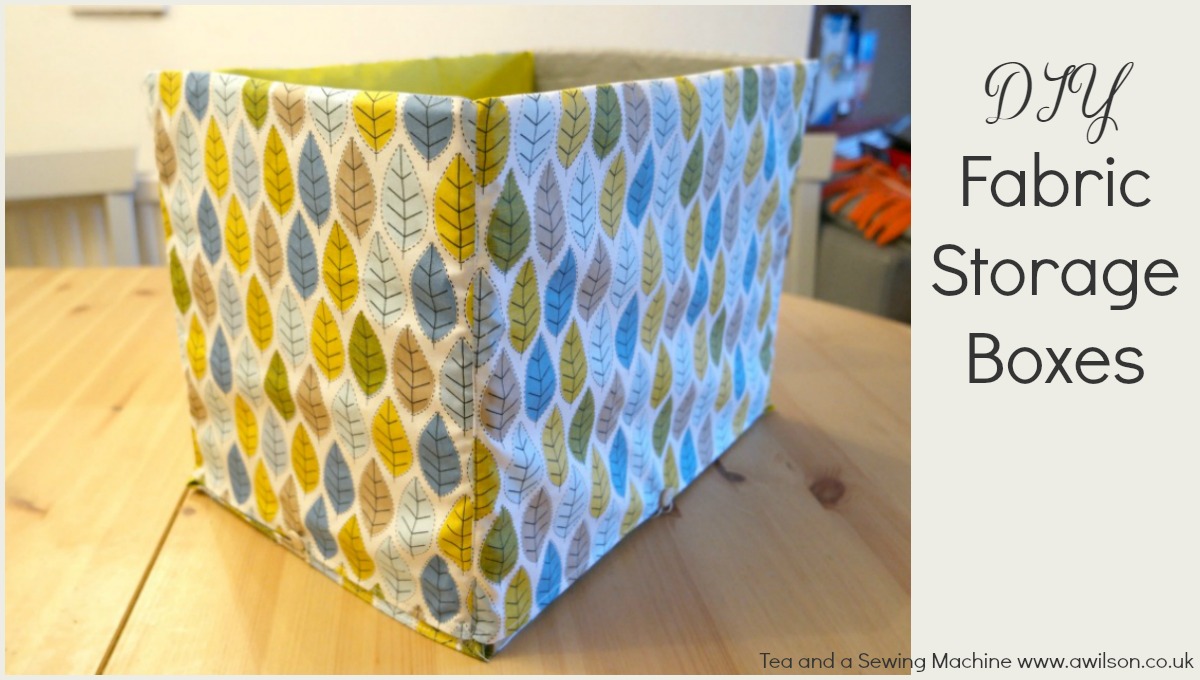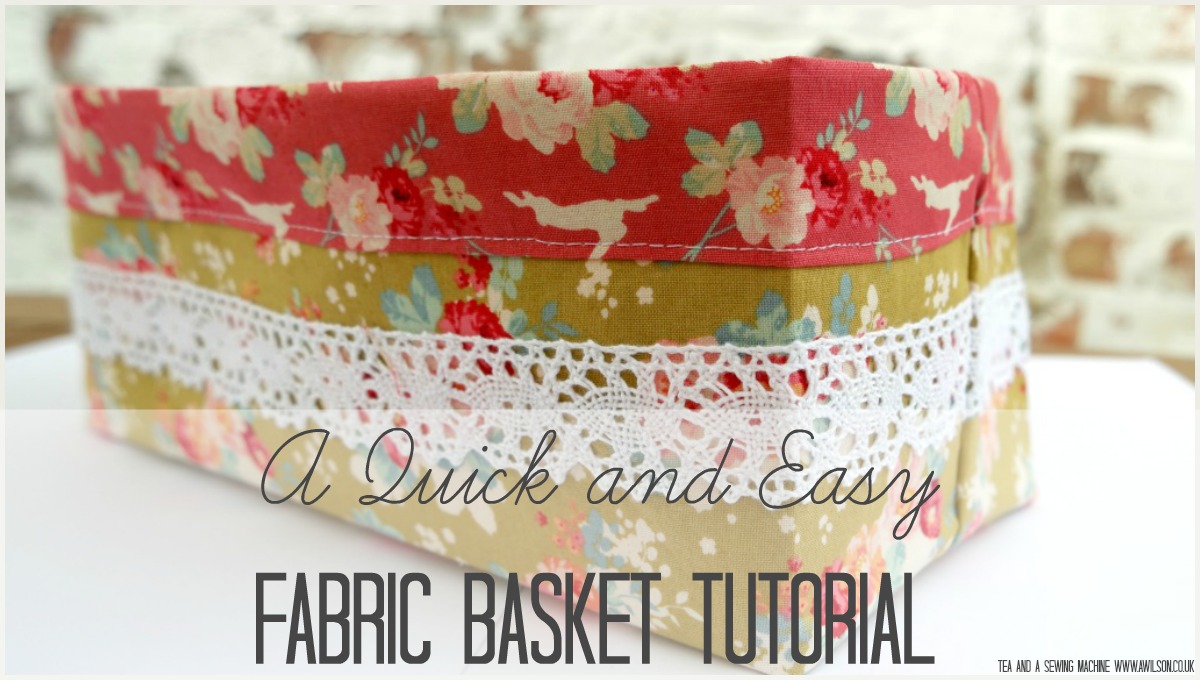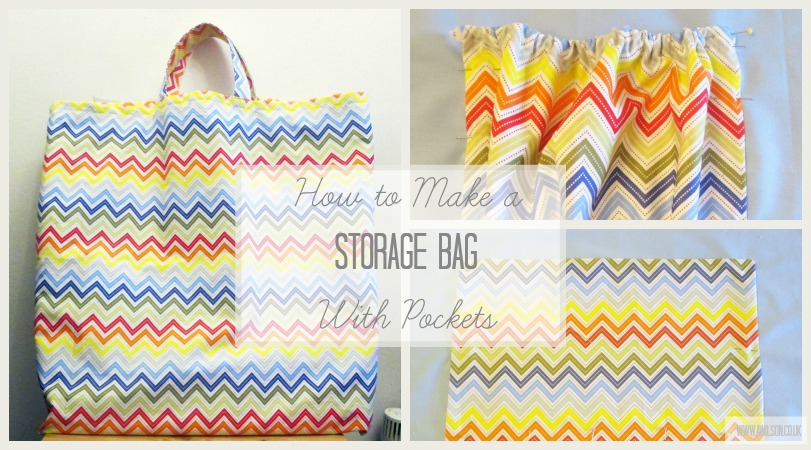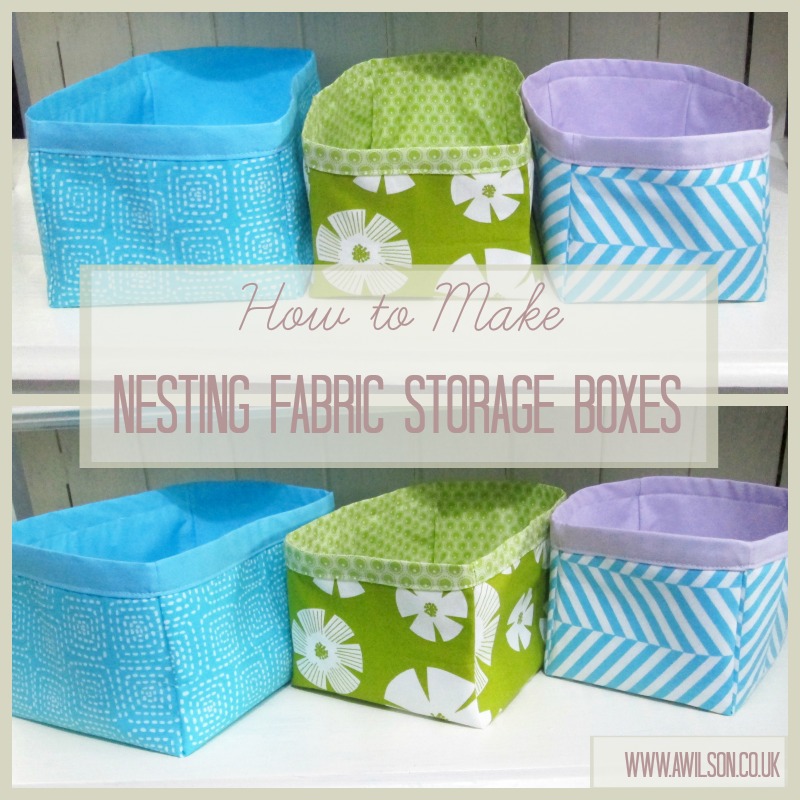DIY Fabric Covered Box
In England, we are about a month into Lockdown 3. This time they’ve shut the schools again, so as well as my 2 home educated boys, I have my teenaged Covid schoolies as well. Things were slightly in different in Lockdown 1, mainly because the schools didn’t have…

